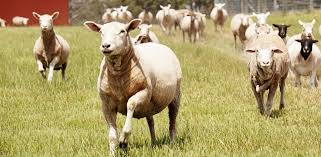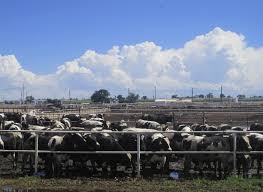Ranching is a form of wildlife exploitation. It implies a greater degree of control over the animal population by confining it behind fences or by determining its composition through selective removal of certain age or classes.
Such population would no longer be truly wild and would have much in common with ranched cattle. To this, complete domestication is the next logical step. No animal is considered domesticated until it breeds readily in captivity and its owner has some control over its reproduction.
It is necessary to distinguish between domesticated animals and those that are merely tamed. The fact that an animal can be tamed is no guarantee that it will be a suitable domestic animal.
Tameness has been defined as the elimination of the tendency to flee in the presence of man. In the prehistoric times, all the present day domesticated animals were wild. The objective of domestication includes the use as pets, source of food, beast of burden and hunting partner.

The choice of an animal species for domestication is based on its ecological potential and the acceptability of its meat by the society. In Nigeria, various efforts have been expended on the domestication of the African giant rat (Cricetomys gambianus), grass cutter (Thryonomys
swinderianus) and Guinea fowl (Numida meleagris galeata).
For a successful domestication of any wildlife species adequate information on the susceptibility and resistance to disease, reproduction and growth rate is inevitable. And studies in meat production, carcass qualities and grazing behaviour are essential. It is argued that wildlife is superior to domestic animals in terms of lean meat production (per unit live weight), productivity (growth rate and reproduction), adaptation to local environment and pre-immunity against local diseases.
Wildlife domestication is a significant factor in the conservation of endangered species of wildlife in that it reduces pressures on wild stock. Since it is impossible to make a sharp distinction between ranching and domestication, domestication could therefore be described in terms of levels (depth). Thus with respect to wild animals bred by man under artificial conditions three main types of husbandry techniques are identifies, vis:
1. Ranching (Extensive Management).
2. Farming on fenced range (Semi-intensive Management).
3. Pen rearing (Intensive Management).
Read Also: Border Collie Dogs: Description and Complete Care Guide


what is the difference between game domestication and game ranching